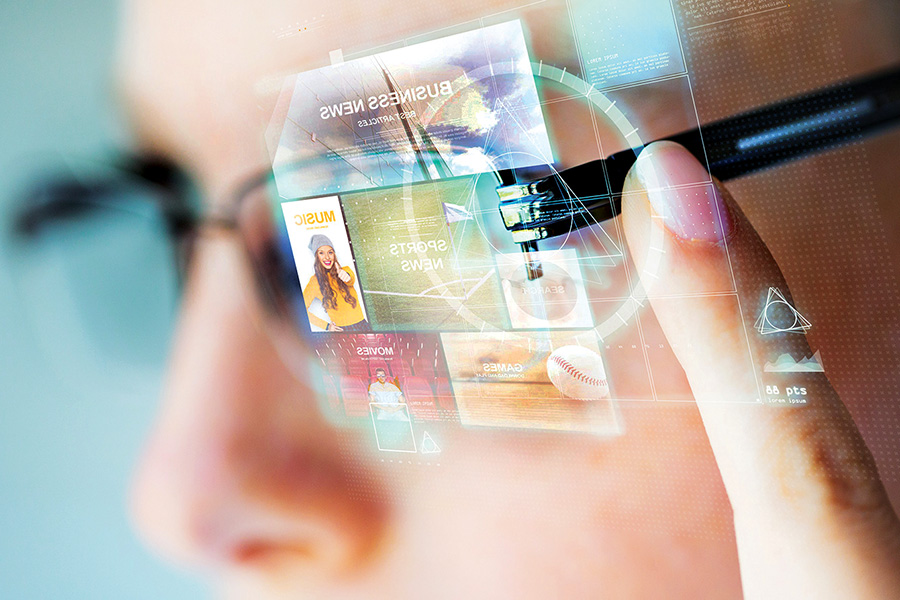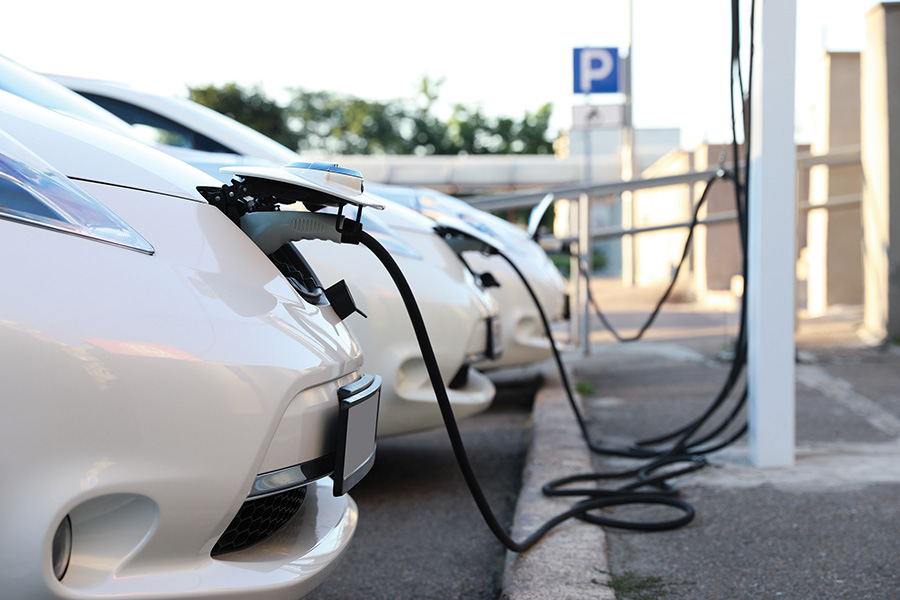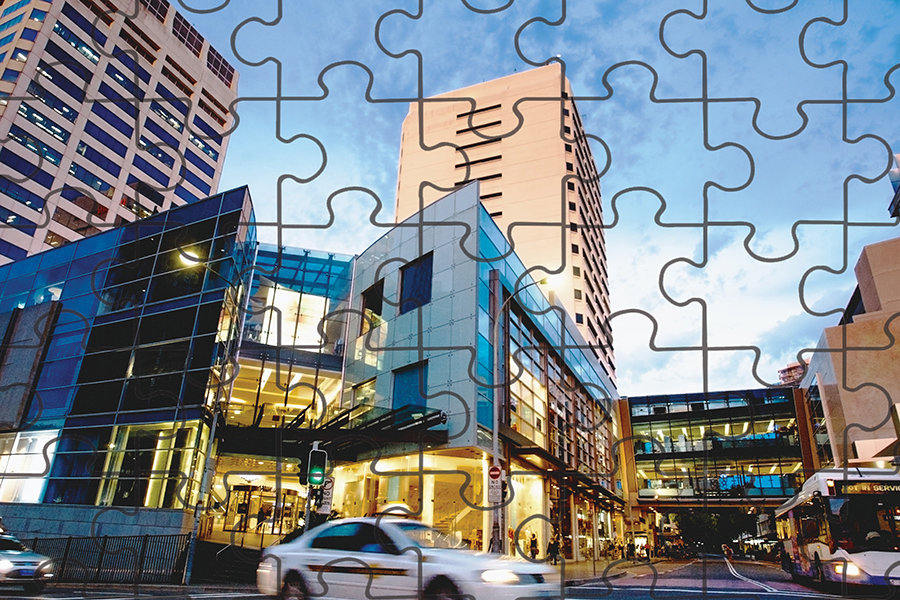There’s Augmented Reality (AR); then we’ve got XR – a combination of augmented, mixed and virtual reality. Retailers and retail property people are some of the technology’s biggest users; worldwide spending on AR is expected to reach more than $45 billion by 2022.
Forecasting the future, working out what customers want, and designing for change can be a challenging endeavour. In Diadem’s primary field of wayfinding, signage and branding for the built environment, the future is a fast-changing landscape. At the forefront of change is the fusion of design and technology in the context of creating ‘user-centred’ solutions. Our clients are looking for innovation and pressing us to explore new means to deliver evidence-based, best-practice solutions that enhance the visitor experience.
Topics and trends our clients in the shopping centre sector are interested in vary from the basic need to provide compliant and safe spaces, to more complex tasks and questions such as the value of branding, enhancing digital interaction, optimising the parking experience, improving on-site navigation, creating unique ‘Instagrammable’ moments, activating spaces and ultimately delivering memorable, satisfying and ‘un-Amazonable’ experiences.
A key trend gaining momentum is how technology can be leveraged to assist humans to navigate spaces and build contextual awareness in the physical realm. In the most basic terms it’s about how visitors find their way around a shopping centre environment. This is not as simple as it seems.
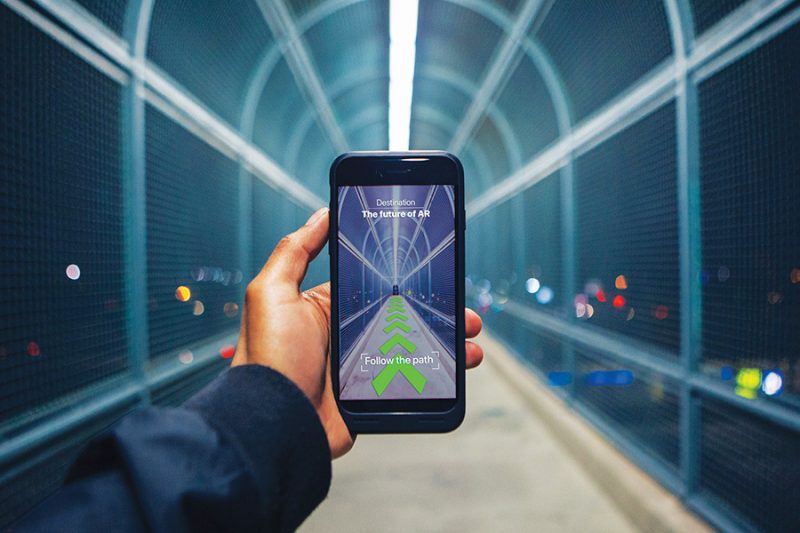
User experience questions abound like: Where am I? What’s around me? Where and how do I find what I am looking for? How much time will it take? What’s the fastest route? What else is there to experience? Am I safe? Where did I park? How much might that cost? What are my options? How do I get back?
Solving questions such as these are just a part of a broader activity that centres on designing solutions to create interactive experiences between people and spaces.
There is a brave new world emerging that focuses on user-centred innovation in the built environment through the intelligent fusion of design and technology. An example of thought leadership in this field is the work being carried out by MInD Lab, a trans-disciplinary research group based in the School of Architecture and Built Environment at Deakin University. MInD Lab has a focus on creating transformational impact in the built environment through AI applications and real-time connectivity that impact how we design, experience and engage with the built environment.
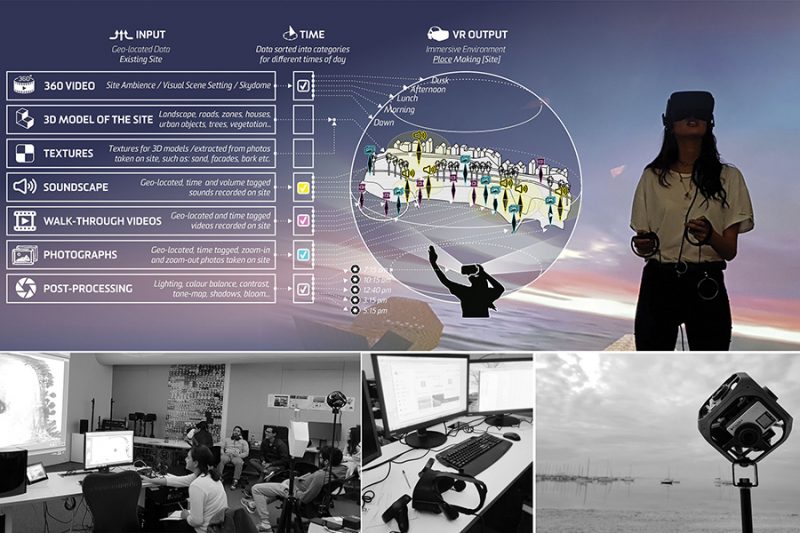
Professor Tuba Kocaturk, Director of MInD Lab, states a key understanding is that built environments, whether they are commercial or civic spaces, are complex ecosystems. Kocaturk says, “any change in one part of the design has an impact on other parts of the system. It’s not just about designing things but making the connections between things. The challenge and the value of creating agile and adaptive solutions lie in recognising the interconnectness.”
By integrating design and technology such as extended reality (XR – combines augmented, mixed and virtual reality), real-time data and locative media technologies, designers can transform the representation of space and create new customer interactions.
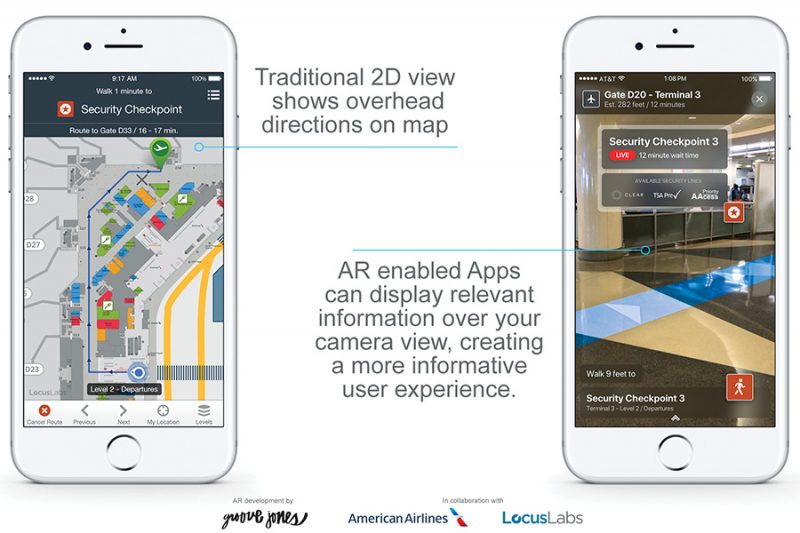
By way of example, Dallas/Fort Worth International Airport (DFW) is the fourth-busiest terminal in America. American Airlines has trialled a system of digital wayfinding at DFW working with digital experience designers Groove Jones out of Dallas and indoor location specialists Locus Labs in Oakland, California.
At the centre of the innovation is an AR-enabled app using features available through Apple’s AR-Kit and Google’s AR-Core. Location-based data can be provided to the app based on what is available.
The American Airlines app can deliver this data and by using AR, which is displayed on screen over the user’s camera view. IOT sensors provide other data like wait times, travel distances, special retail offers and the like. The key to the AR-enabled wayfinding system is the software embedded in the smart devices that we carry with us everywhere we go. We have Apple and Google to thank for that.
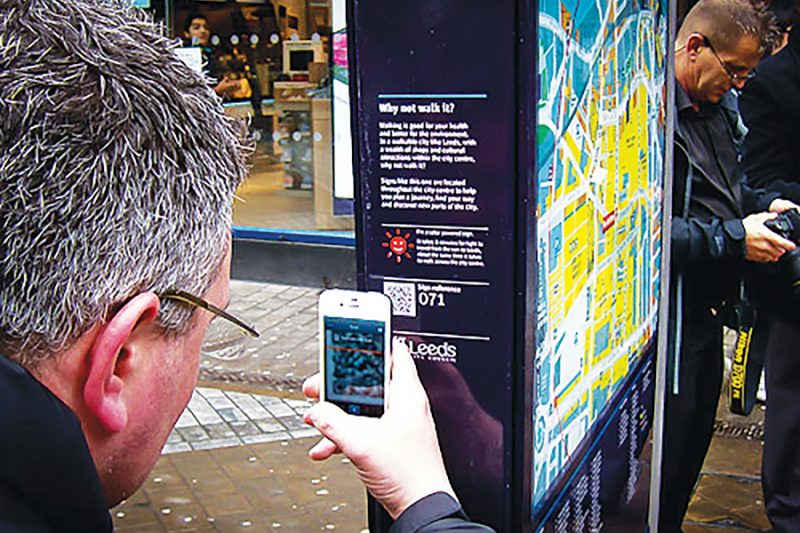
AR-Kit developed by Apple is set to become the world’s largest AR platform by virtue of the 850,000,000 devices used by the world’s population. When combined with Android users, the AR global network is enormous and provides vast opportunity for businesses to develop technology systems to enhance how humans interact with the physical environment around them via their hand-held devices.
A basic requirement of indoor navigation using AR is to first map the environment. Geo-based services and processes that include location-based actions specific to mobile devices and geo-fencing (combining geography and fencing) for interior spaces are both emerging as new trends to help target user or visitor communication on the basis of geo-data. Location-based services can either be implemented as reactive or proactive. For reactive location-based services, the user searches for locations in the vicinity directly on his/her device, eg. for ATMs or restaurants. Proactive services ‘recognise’ when a user enters a specific area and trigger an action – eg. sending information or an offer to the user’s smartphone.
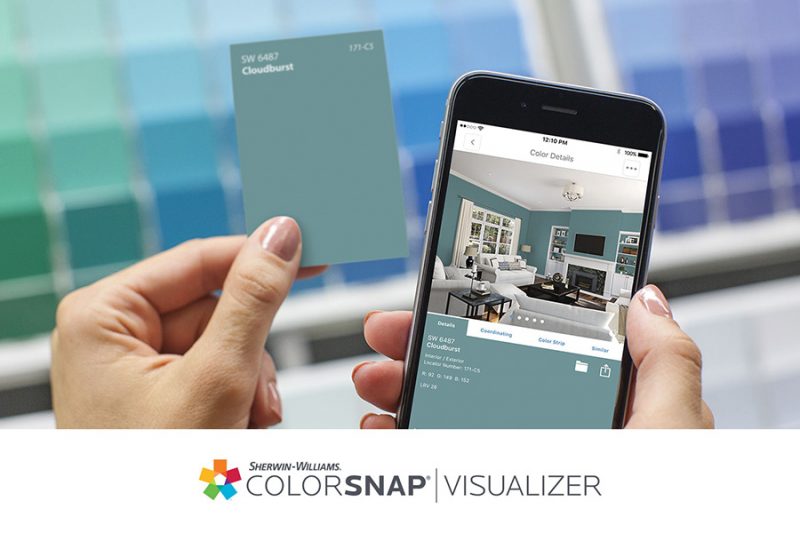
In the context of shopping centres, indoor positioning services can detect a user’s location and notify them of points of interest around them such as retail stores, car parks, amenities, lifts and pick-up points (eg. Uber and Click and Collect).
Having explored the world of XR and contextual awareness, it is important to acknowledge that the best systems are those that combine traditional methods of communication with digital augmentation. There needs to be a balance. What we don’t want is people walking around shopping centres with their heads buried in a screen. After all we want our visitors to immerse themselves in the whole space and feel relaxed, joyful and able to absorb and appreciate the environment around them.
Worldwide spending on AR is expected to reach $45.1 billion by 2022 according to US research firm Artillery Intelligence. One of the best examples of how AR is being used in a retail environment is IKEA, which enables you to preview IKEA products in your own home before making a purchase. The IKEA Place app shows shoppers how more than 2,000 furniture items will look true-to-scale, down to the millimetre. Paint companies are also using AR to take the guesswork out of choosing colours for your home.
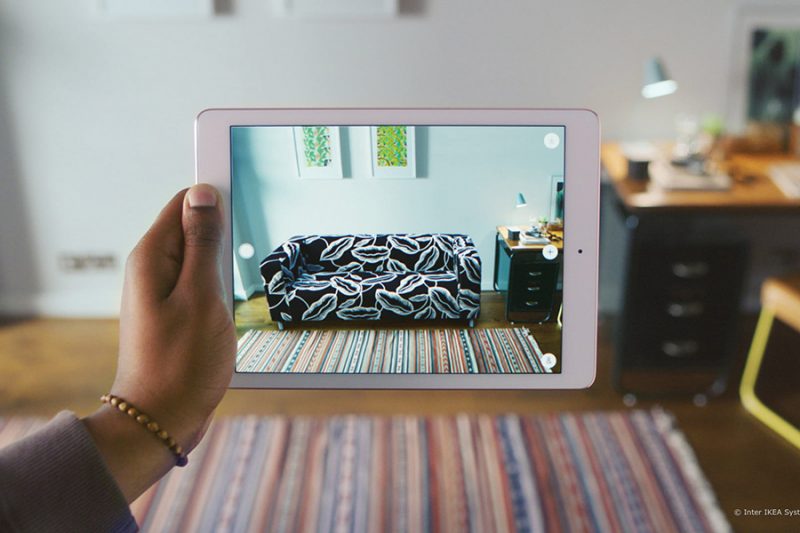
Retailer Zara emptied out its store windows and launched a new AR experience for visitors at seven of its US locations. Visitors download Zara’s mobile app and point their phones at empty store windows to see models come to life – posing, moving and talking on their smartphones. The products the Zara models are wearing can be ordered from within Zara’s mobile app or inside any Zara store. Visitors are encouraged to take photos of the holograms and ‘share’ the experience on social media as well.
There is a lot of change going on as developers, owners and operators of property, as well as retailers, seek to optimise the use of customer-centric extended reality (XR) to expand upon the user experience. Professor Tuba Kocaturk at MInD Lab espouses the importance of not jumping into design without first initiating an informed consultation and understanding between all project stakeholders. Innovation is not a goal unto itself and must be appropriate, adaptable and sustainable to provide best value.
The future for transforming how humans connect with our environment is bright, especially when viewed through a screen.


